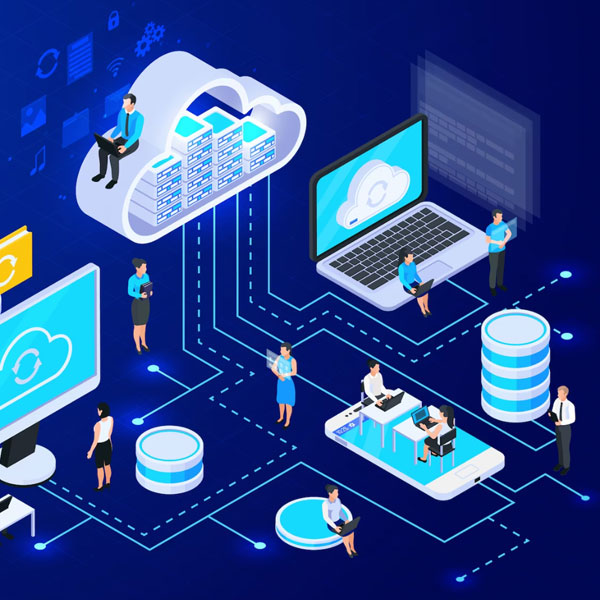Our DevOps training program is designed to equip you with the essential skill set required to pursue a rewarding career as a DevOps Engineer. Through this online course, you will become proficient in key DevOps practices, including Continuous Integration, Delivery, and Deployment, as well as Infrastructure as Code.
You will also gain hands-on experience with a range of popular DevOps tools such as Git, SVN, Docker, Docker Swarm, Kubernetes, Puppet, Ansible, Selenium, Maven, Nagios, Chef, and more.
Why Choose Our DevOps Training?
The DevOps industry is experiencing remarkable growth, with a projected six-fold increase by 2022, according to Gartner. This presents a significant opportunity for individuals seeking DevOps Engineer roles. Furthermore, DevOps and Cloud jobs are anticipated to be among the highest-paying positions in the coming years, as highlighted by Forbes. In fact, the average annual salary of a DevOps engineer in the US is $136,500, while in India, it is approximately INR 666,232 (according to PayScale). By enrolling in our DevOps training, you position yourself for a promising career and lucrative prospects. A DevOps Architect plays a crucial role in driving the technical success of any organization.

AWS EC2
AWS Market Place
EC2 AMI
EC2 UserData
Elastic IP
EC2 Tags
EC2 Metadata
EC2 Public IP
EC2 Private IP
Public key
Private key
EC2 Usernames
EC2 Termination Protection
EC2 Instance purchasing Options
EC2 Ondemand Instance
EC2 Reserved Instance
EC2 Spot Instance
EC2 Security Groups
Recovery EC2 Keypair
EC2 Status Checks
EC2 Instance Checks
EC2 Connecting Options
Instance Store
Elastic Block Store
Elastic Network Interface
SSD
General Purpose SSD
Provisioned IOPS
HDD
Throughput Optimized HDD
Cold HDD
EFS
EBS vs EFS
Create EBS Volumes
Delete EBS Volumes
Attach & Detach EBS Volumes
Mounting and Unmounting EBS Volumes
Creating and Deleting Snapshots
Creating Volumes from Snapshots
Hardware Tenancy
Shared Tenancy
Dedicated Tenancy
Amazon FSx ( Windows File Server and Lustre)
Our course schedule is thoughtfully designed to provide flexibility and convenience for our students. We understand that everyone has different commitments and time constraints, which is why we offer various scheduling options to suit your needs.

Supercharge your productivity with our cutting-edge coaching center offering comprehensive trainings. Unlock your potential and gain the skills needed for success in the tech industry.